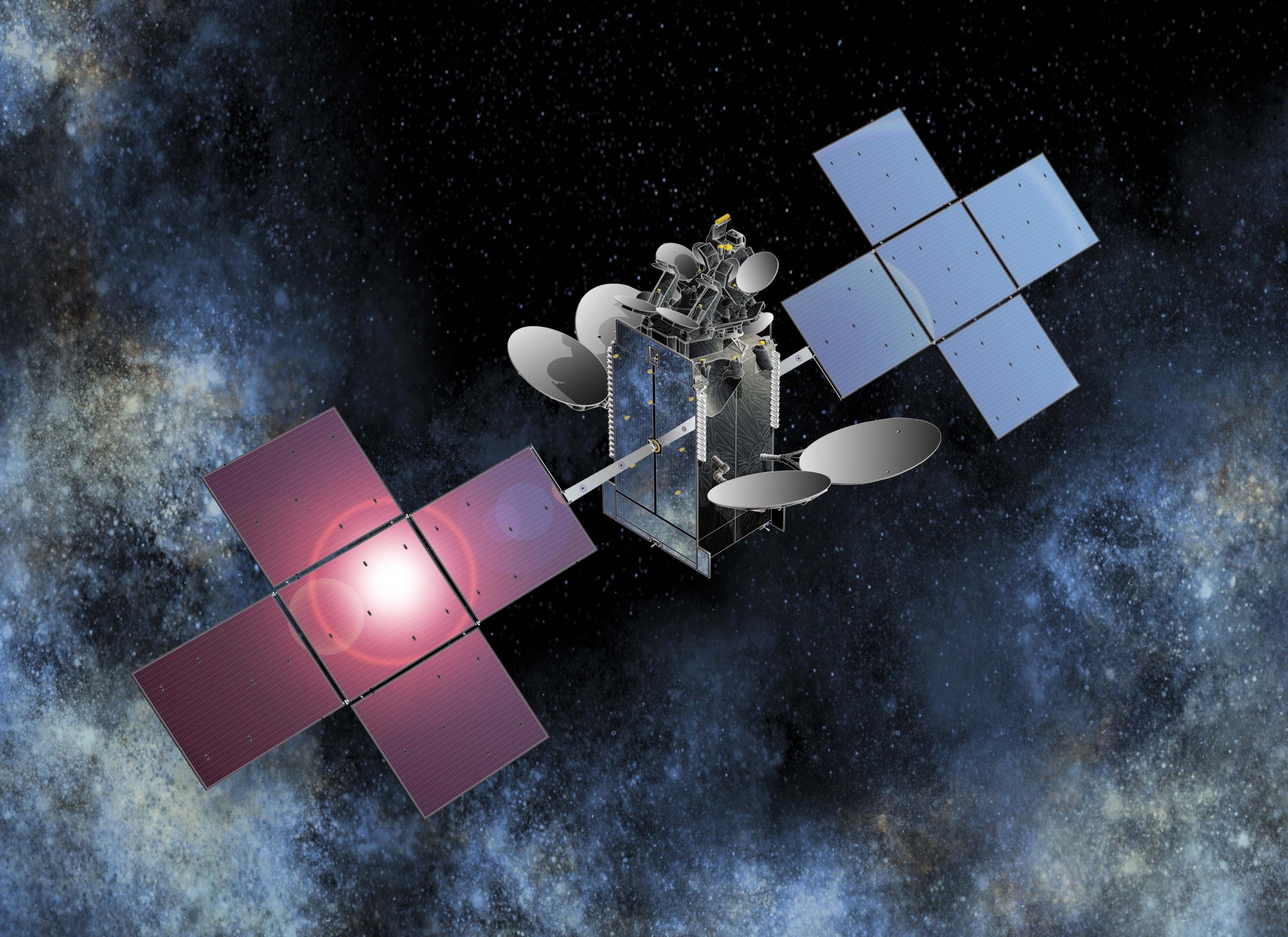
Television viewers across the Middle East and North Africa could have access to up to 300 new channels when Qatar launches its second telecom satellite in roughly three years, according to a local industry executive.
The actual number is likely to be lower as broadcasters increasingly opt for high-definition signals that use up roughly three times as much bandwidth as traditional standard definition transmissions, said Es’hailSat CEO Ali Ahmed Al Kuwari.
However, he added the Es’hail 2 satellite – slated to launch in late 2016 or early 2017 at a cost of between US$250 million and $500 million (QR910.43 million to QR1.82 billion) – would create more entertainment options for viewers across the region.
“Entertainment, movies, news – We are trying to bring variety of channels and content to the audience,” Al Kuwari told Doha News on the sidelines of a reception at the Grand Hyatt on Sunday evening to celebrate the firm’s first satellite, Es’hail 1, entering service from 36,000km above the earth’s surface in December.
The firm currently has agreements to transmit the signals of Qatar TV, Al Jazeera and beIN Sports (formerly Al Jazeera Sports), according to Al Kuwari. He added that Es’hail 1 will soon be adding more beIN Sports channels and hinted that deals are in the works with other broadcasters at home.
“We are trying to accommodate some other Qatari customers in the satellite in the near future,” Al Kuwari said.
The capacity of Es’hail 1 is limited because its frequencies are shared between Es’hailSat and its partner, Eutelsat, which operates the satellite. By contrast, Es’hail 2 will be operated by Es’hailSat from Qatar.
Last summer, Es’hailSat purchased the rights to transmit on additional spectrum frequencies from Arabsat for use on Es’hail 2. Al Kuwari said this would allow his firm to go after even larger broadcasters and other clients while meeting regional demands.
“The market is in need of extra capacity. Es’hail 2 will bring that extra capacity.”
Beyond the bottom line
Es’hailSat is an independent firm that began as the Qatar Satellite Company in 2010, when it was established by ictQatar to manage and develop Qatar’s presence in space.
While Al Kuwari said Es’hailSat is run as a commercial enterprise, he acknowledged that the company was established for strategic reasons. Part of that strategy includes creating a national satellite industry to diversify Qatar’s economy away from oil and gas.
Some also see Es’hailSat as a logical extension of the nation’s desire to be an information and communications hub that enables the dissemination of Al Jazeera and other content.
Es’hailSat officials have publicly highlighted Es’hail 1’s anti-jamming technology on multiple occasions, a feature that some have suggested will allow Qatar to maneuver around the Egyptian government’s shutdown of Al Jazeera in that country, and regain access to its 80 million potential viewers.
Al Kuwari did not specifically mention the ongoing tensions between Qatar and Egypt, but noted that the North African nation can receive signals from Es’hail 1.
“In the last few years, broadcasters suffered from a lot of interference. Es’hail brought the latest anti-jamming technology … We can discover the interference location and find a solution to mitigation.”
Officials from the Egyptian film and television industry have also predicted that Es’hailSat will use Qatar’s significant financial wealth to woo clients away from Egypt’s Nilesat with deep discounts.
Al Kuwari rejected that suggestion.
“We don’t have cheap capacity to offer (services) below market rates,” he said.
“We are offering the best service (and) the best quality …This is competition. I cannot blame (Nilesat’s proponents). They can say what they want.”
Internet
Es’hailSat currently has two customers using Es’hail 1 as a backup for land-based networks. While the company could sell capacity to internet service providers such as Vodafone, Ooredoo or another carrier, Al Kuwari said no such discussions have occurred.
Satellites are commonly used to extend internet services to remote or rural locations that are prohibitively expensive to connect with terrestrial technology.
Satellite technology and Es’hailSat were both mentioned last fall as possible ways of extending internet services to rural parts of Qatar as part of a new national strategy to blanket the country with broadband connections.
Thoughts?







